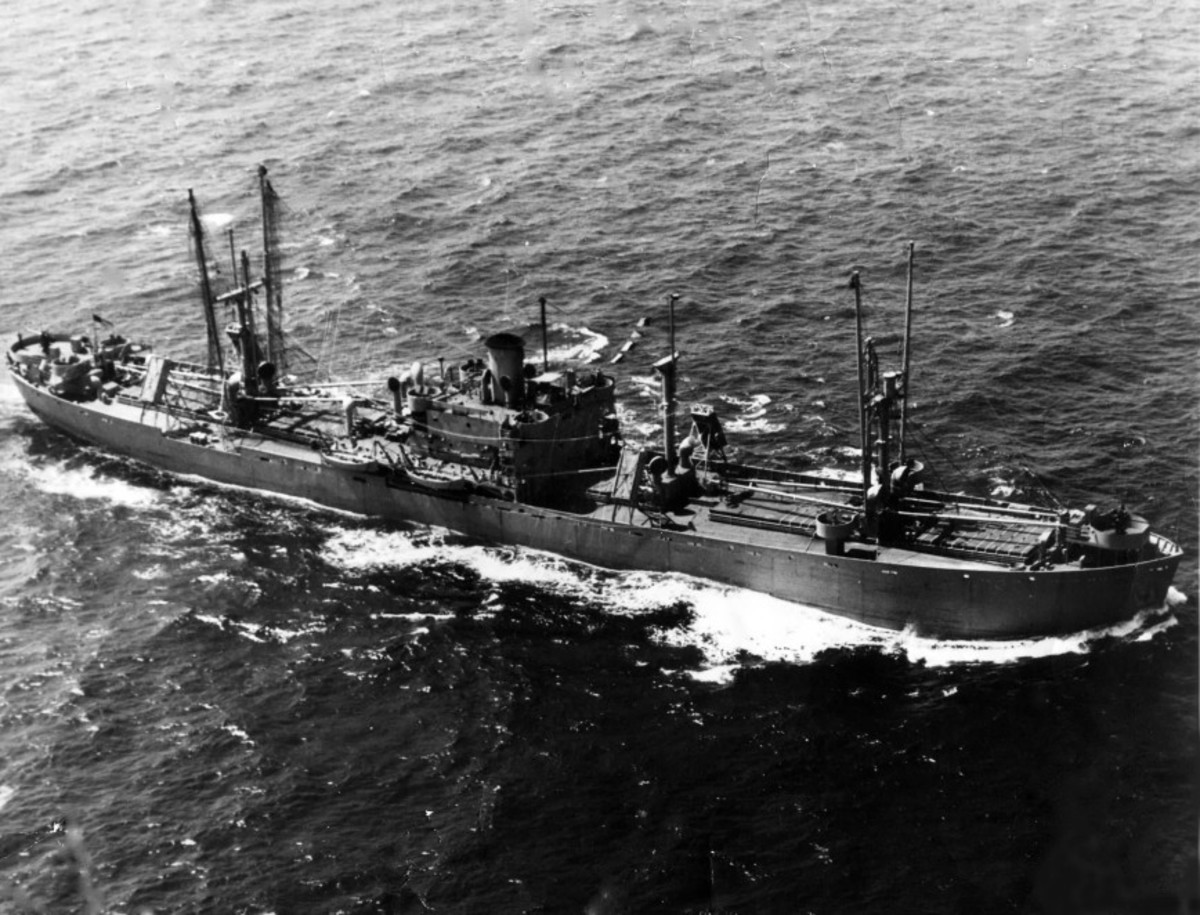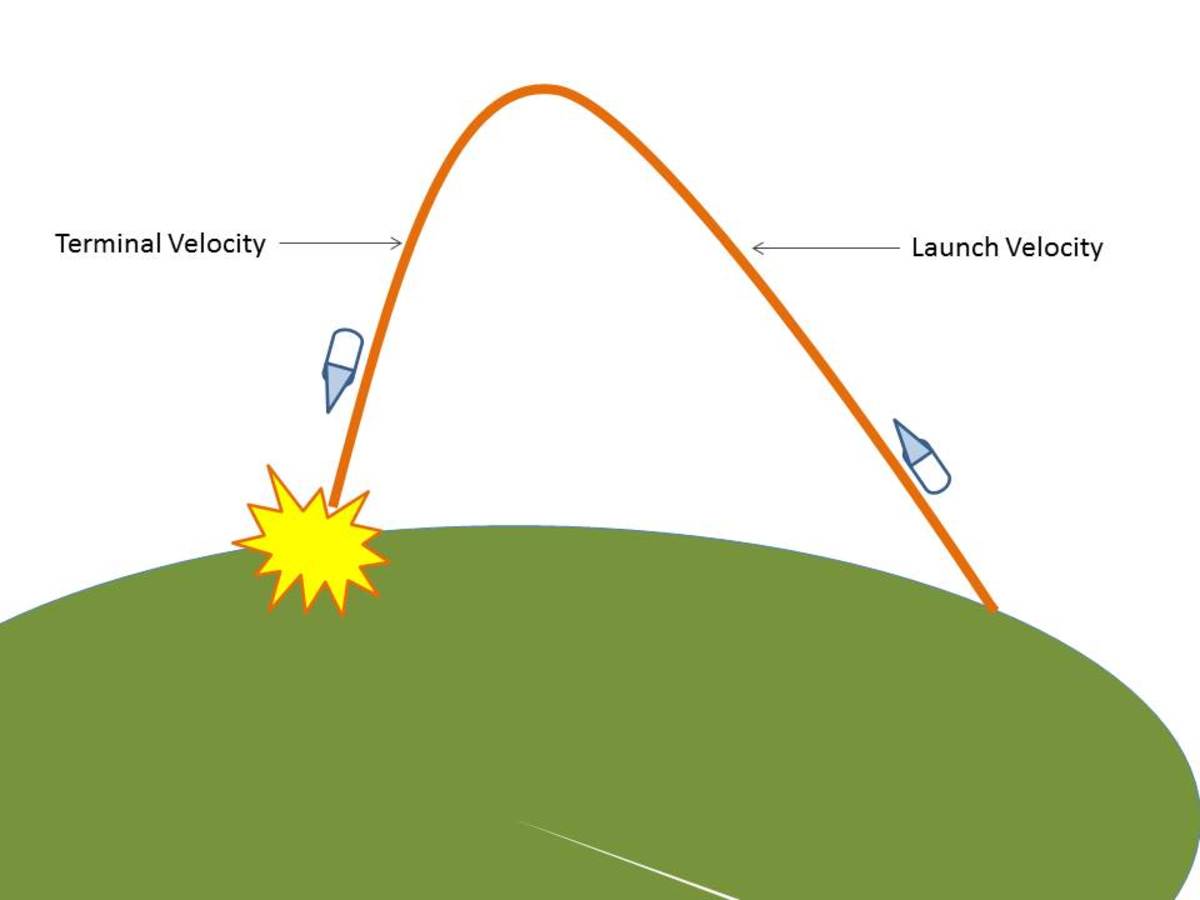- HubPages»
- Education and Science»
- History & Archaeology»
- Military History
Rocket Fuels vs Explosives
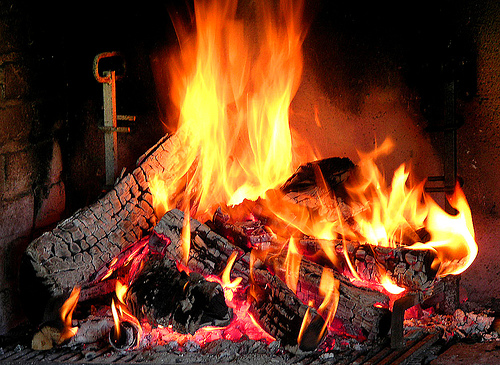
Natural Explosions
We are all familiar with some natural explosions. For example, when you drop water into really hot grease, the water vaporizes so fast that it creates a small explosion that throws grease all over. When you burn wood, there is residual water locked inside the wood that vaporizes and blows out small sections of wood (add this to the decomposition of cellulose into small hydrocarbons that build up pressure and blow out small chunks - then ignite once they do). Lightning rapidly heats up the air around it to create an explosion.
Some are not as well known, but still a bit more natural than some of the more engineered stuff we've come up with. I've been alive for 23 years and have never seen a volcanic eruption. I've seen a geyser eruption, which just isn't the same. In olden times, candles were not allowed at mills that ground flour because the fine dust in the air would ignite and blow the shit out of the mill. Oops.
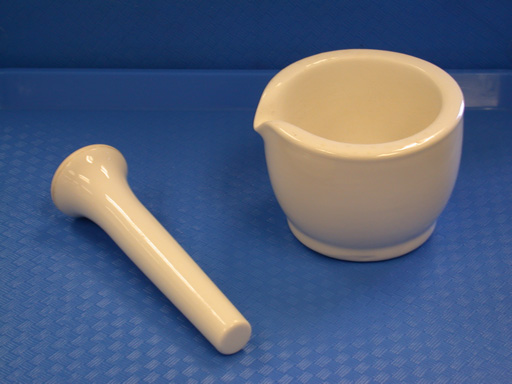
First Explosives
Supposedly the Chinese were the first to create gunpowder. I've heard a million different arguments for and against this and it's irrelevant to me. But one common thread I have heard is that they used a combination of saltpeter, coal, and sulfur to make the gunpowder. Since it was difficult to grind to the right size and mix in the right proportions (as well as find ingredients pure enough), it was only rarely used as a gunpowder and more commonly used as a rocket fuel.
In Europe is where they engineered it a little better to involve chemists to purify the saltpeter and use only the finest of coals they could find. Europeans also tinkered a bit more to engineer firearms from tubes to muskets and cannons to rifles and artillery.
All in all, explosives didn't evolve much until the 1800s, particularly with the discoveries of smokeless powder, percussion caps, and nitroglycerine.
This section isn't intended to be a history lesson as much as a statement of properties. It is not intended to be a recipe or a cookbook for explosives. If you are looking for either, please look elsewhere or quit looking all together.
Key Properties
Some properties that most people don't asssociate with rocket fuels or with explosives are as follows:
There must be a large change in volume. This can be seen on a small scale when you dump ice into hot water - the ice cracks loudly and breaks into smaller chunks. The change in volume is due to the expansion of the ice. You've heard that cold things are more dense than hot things - they take up less space. You heat it up and it will expand. Well, the largest changes involved take place when there's a phase change - a change from a solid to a liquid and from a liquid to a vapor. When the change to a vapor takes place, that's a volume change of a thousand times right there. So when you boil a gallon of water until its dry, you will have turned it into a thousand gallons of vapor.
Rates. What change takes place must have an incredible rate of change. With the water example, it takes so long to boil that water that it can't be used as an explosive. But if the change takes place in a ten-thousandth of a second, it would blow your house down. The faster a change takes place, the more violent the explosion.
Rates and volume change are the two biggest things. These can be helped using two more properties: Heat and increasing the number of moles of gas.
I'll post a hub about the Ideal Gas Law when I start into the mainstream chemistry stuff. Just know this for now: when you increase the number of moles of a gas, you increase the volume it will take up. So in a thermite reaction, which can be seen in the youtube video to the side, the reaction is fast, but there is not much of a volume change because the reaction produces no moles of gas whatsoever. What explosion you do see is caused by the heating up of air around the reaction and thermal expansion throwing things around. In the reaction seen below, many moles of gas are produced. The more moles of gas a reaction produces, the more potentially useful it will be.
And finally heat. If you heat it up, it expands. What expands faster will be more explosive. Many explosives contain aluminum and magnesium simply because they burn incredibly hot - which makes the explosive burn faster and expand to a larger volume.
In a nuclear explosion, the vaporization of the solids is a small contributor compared to the insane heat that causes the expansion of the bombshell and the air around the bomb. A conventional explosive might reach a few thousand degrees, an atomic bomb heats up to a few million degrees.
A dry-ice bomb produces no heat. However, it will convert dry-ice into carbon dioxide. That is not what creates the explosion. The explosion is when the pressure gets so great that the bottle ruptures and you suddenly have high-pressure CO2 rapidly expanding to low-pressure/high-volume CO2. Rapid expansion equals explosive.
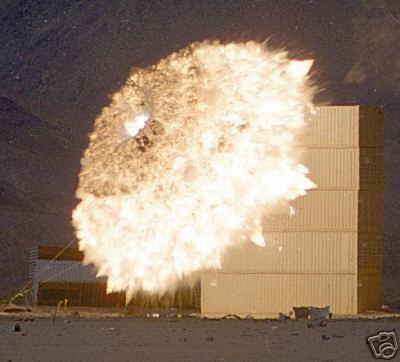
Rocket Fuels vs. Explosives
Both have some things in common. For example, anything that burns needs an oxidizing agent and a reducing agent. A campfire needs wood (reducing) and air (oxidizing). The most common oxidizer is oxygen itself. Atmospheric oxygen is the oxidizer for fires, internal combustion engines, little camp stoves, and furnaces. Liquid oxygen is used for the shuttle launches. If it can burn, oxygen will burn it. Elemental fluorine and positively charged neon are the only two elements that can burn oxygen. A reducer can be loosely defined as anything that can burn.
The main difference between rocket fuels and explosives is the rate at which it burns and how well the reaction is contained. Mixtures with higher oxidizer ratios tend to burn faster than those with lower oxidizer ratios. So when gunpowder was still hard to make using coal, sulfur, and saltpeter, they simply changed the ratios for making rocket fuel. That's why little fireworks have been around for a thousand years. The mixture ratios for explosives have to be much more exact, while the ratios for rocket fuels have a wider range of acceptability.
Many times they will use explosives as rocket fuels. The size of the powder grain that they use can make a world of difference. Finely ground powder has a larger surface area to mass ratio, which is favorable for chemical reactions. If you have chemicals in close proximity that normally would explode but are now in grain sizes that are too large, they will burn slow enough to be contained.
Explosives and rocket fuels have an index of impulse. You can actually look up the impulse value for a particular mixture to see if it will blow apart your rocket, or if your rocket can contain the impulse and use it to fly. The rockets flown by ATK use explosives called HMX and RDX, as well as a bunch of other fuels. HMX and RDX are indeed powerful explosives, but because the rocket shell is so strong it pushes that explosion in one direction and the rocket in the other.
The only differences are the rates of reaction and how strong your container is.

